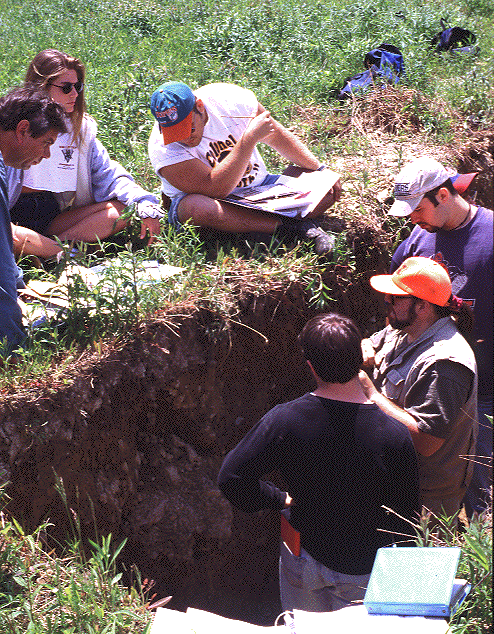What is Soil?- Introduction to Soil Science

This definition is from the Soil Science Society of America.
soil - (i) The unconsolidated mineral or organic material on the immediate surface of the earth that serves as a natural medium for the growth of land plants. (ii) The unconsolidated mineral or organic matter on the surface of the earth that has been subjected to and shows effects of genetic and environmental factors of: climate (including water and temperature effects), and macro- and microorganisms, conditioned by relief, acting on parent material over a period of time. A product-soil differs from the material from which it is derived in many physical, chemical, biological, and morphological properties and characteristics.
This definition is from Soil Taxonomy.
soil - Soil is a natural body comprised of solids (minerals and organic matter), liquid, and gases that occurs on the land surface, occupies space, and is characterized by one or both of the following: horizons, or layers, that are distinguishable from the initial material as a result of additions, losses, transfers, and transformations of energy and matter or the ability to support rooted plants in a natural environment.
The upper limit of soil is the boundary between soil and air, shallow water, live plants, or plant materials that have not begun to decompose. Areas are not considered to have soil if the surface is permanently covered by water too deep (typically more than 2.5 meters) for the growth of rooted plants.
The lower boundary that separates soil from the non-soil material is most difficult to define. Soil consists of horizons near the earth's surface that, in contrast to the underlying parent material, have been altered by the interactions of climate, relief, and living organisms over time. Commonly, soil grades at its lower boundary to hard rock or to earthy materials virtually devoid of animals, roots, or other marks of biological activity. For purposes of classification, the lower boundary of soil is arbitrarily set at 200 cm.
Soil Keys to Taxonomy Field Book- Version 2 |
Keys to Taxonomy- 12 th Edition | Glossary Of Soil Science Terms

Guide to Soils: The Vital Life-Giving Layers Beneath Our Feet is more than a textbook—it's a field-ready companion for students, professionals, and anyone fascinated by the rich complexity of the soil that supports life on Earth. Authored by licensed geologists Brian Oram and Dr. Brian Redmond, this guide distills over 30 years of applied experience in geology, soil science, and environmental consulting into an engaging and accessible format.
Whether you're studying for professional licensure, working in agriculture, engineering, or environmental science, or simply curious about the world beneath us, this book delivers a practical yet profound understanding of soil formation, classification, and evaluation. It introduces the intuitive and memorable "POT Process"—Prepare, Observe, Translate—designed to help users assess soils in real-world applications. Rich with illustrations, field-tested insights, and plain-language explanations, Guide to Soils is an essential resource for anyone who wants to understand and work with Earth's most overlooked, life-giving system.
OrderWe are in the process of setting up Face-to-Face Courses. We will be scheduling courses in soil science, soil morphology, hydric soils, and water sampling.
Current Featured Course
Field Training Course Scheduled for August 15, 2025 (Register Here)
Hands on Field Training Course Describing Soils

KnowYourH2O is a global educational and outreach web portal that empowers private well owners, city water users, and citizen scientists through fact-based tools, hands-on training, and accessible resources—covering both indoor and outdoor water quality concerns.
KnowYourH2O.com created by BF Environmental's founder Brian Oram, licensed professional geologist.
Whether you're a homeowner, business owner, or citizen scientist, the web portal is your guide on the Path to Clean Water. “Get Informed, Get Tested, Get Treatment” and take meaningful action toward clean water stewardship. Visit to Learn More.

